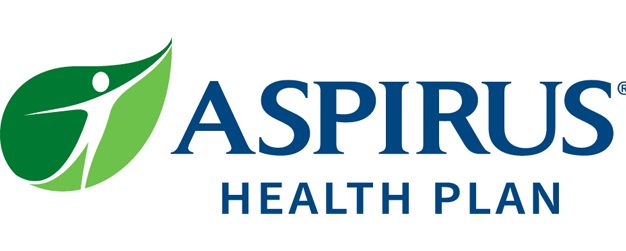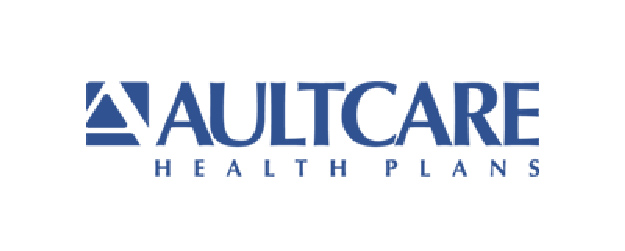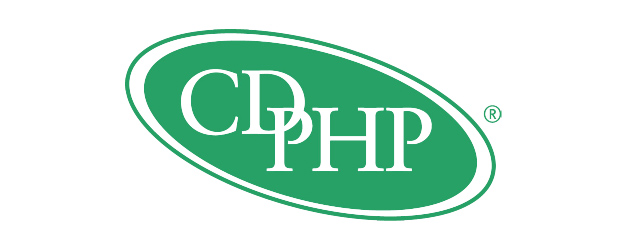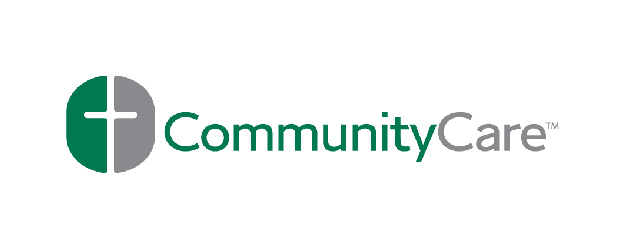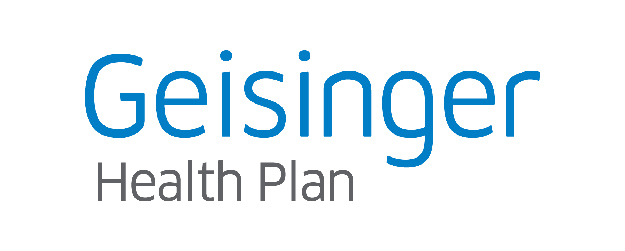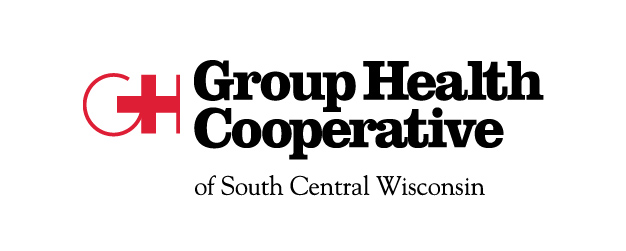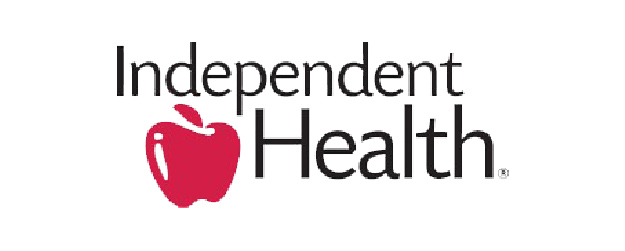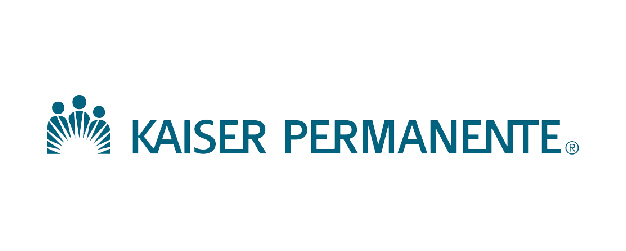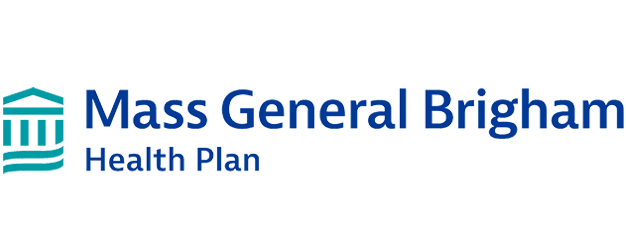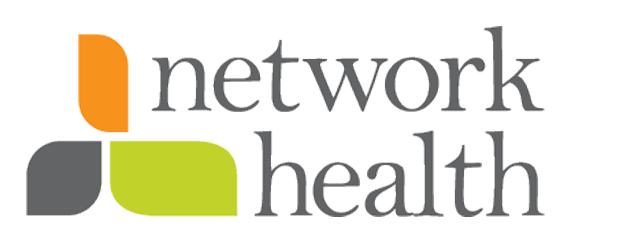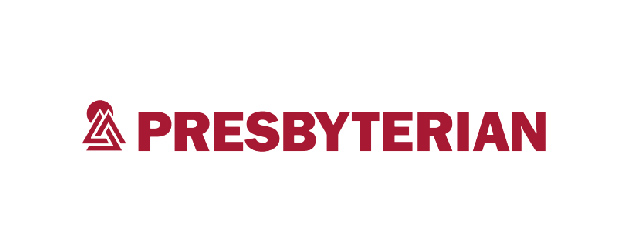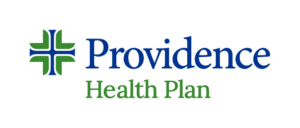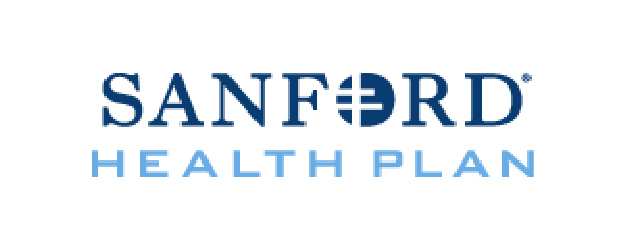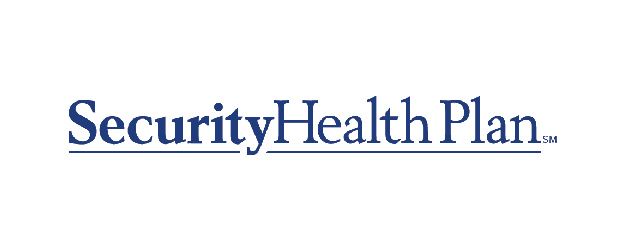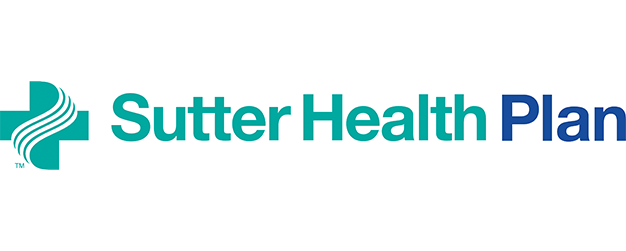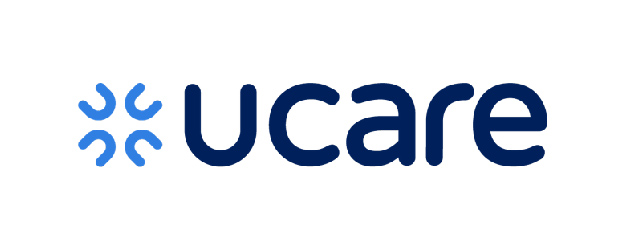Alliance of Community Health Plans
Report on Affordability in Health Care, 2025
July 2025
Introduction
Americans are chronically ill. And those chronic conditions are expensive, accounting for 90 percent of our health spending every year, a number that reached nearly $5 trillion in 2023.1 Despite the astronomical investment in treatment, chronic conditions still drive most deaths in the U.S.
Effective chronic disease prevention and management is essential to reducing health care costs and improving America’s health. Provider-aligned, local health plans have long recognized the need for a different approach, one that slows or stops diseases before they advance to more extreme illness. With the Make America Healthy Again Commission shining a spotlight on the burden of chronic conditions, ACHP is illuminating commonsense solutions that save costs and improve the nation’s health.
ACHP’s annual Report on Affordability in Health Care highlights strategies local health plans aligned with providers are deploying to deliver value for every health care dollar. Unlike publicly traded companies that have an obligation to return profits to shareholders, these nonprofit organizations invest in their communities for a ROI focused on well-being. This year’s affordability report examines innovative, community-based programs that address the underlying causes of chronic disease. By turning the tide from late-stage, costly complications to early intervention, these plans improve health while reducing costs. The upshot is better value for every health dollar.
ACHP: Pioneering the Future of Chronic Disease Care
ACHP’s Chronic Disease Pledge is a long-term commitment to address high rates of diabetes, hypertension and childhood obesity. These conditions are pervasive and drain billions of dollars from our country each year in not only medical care, but premature death and lost productivity.2
Equipped with compelling data on the relationship between non-medical factors and health, ACHP plans pursue strategies beyond clinical care. By partnering with local organizations, schools and digital health companies, they empower individuals with access to resources such as healthy foods, transportation and mental health support.
Several interventions show early promise in slowing the progression of diabetes, hypertension or childhood obesity.
Community-Based Success
ACHP members outperform the rest of the industry in diabetes and hypertension quality measures. In the 2024 commercial market, ACHP plans performed 12 percentage points better than others in controlling high blood pressure.3 Across all lines of business, ACHP members had more patients with controlled blood sugar than non-member plans.2
The Chronic Disease Pledge
goes beyond slogans and is rooted in local solutions. In two short years, ACHP members have seen improvements in glucose levels, blood pressure control and patient satisfaction.
 In Northern California, Aspire Health launched “Healthy Together,” a family-focused program to address rising childhood obesity in Monterey County. Led by health coaches in Spanish and English, the program prioritizes screen time reduction, stress management and sleep improvement.
In Northern California, Aspire Health launched “Healthy Together,” a family-focused program to address rising childhood obesity in Monterey County. Led by health coaches in Spanish and English, the program prioritizes screen time reduction, stress management and sleep improvement.
Healthy Together receives over 1,700 annual referrals, and residents have reported a 13 percent increase in knowledge about prediabetes and prevention programs. 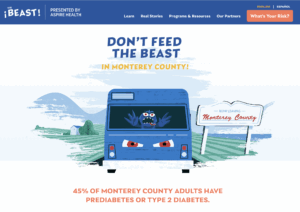
Aspire Health, affiliated with Montage Health and Salinas Valley Health, also developed a holistic approach to diabetes prevention called “The Beast (Don’t Feed the Diabetes).” This family-friendly initiative features an interactive website with educational resources and a quiz for individuals to assess diabetes risk.
“This program led to an amazing classroom discussion on making great choices on a daily basis. We talked about the colorful food plate, sugary drinks, sugars hidden in foods and made a classroom chart of items they eat or drink. My class really enjoyed this discussion.”
Imagine looking at your phone and seeing what happens to your blood sugar when you eat a bag of chips or go for a walk. Continuous glucose monitors (CGMs) are game-changing technology that offer user-friendly, unprecedented transparency in managing diabetes. By providing real-time data on a person’s blood sugar levels, CGMs help patients develop healthy behaviors and prevent costly diabetes complications. One study found that CGM reduced monthly diabetes-related medical costs by $424 for each patient.6 ACHP and its members are committed to increasing access to this underutilized technology with the potential to improve lives and generate savings.

With support from The Leona M. and Harry B. Helmsley Charitable Trust, ACHP is examining health plan coverage and use of CGM. By identifying barriers, ACHP and its members aim to expand CGM access and improve the lives of millions of patients with diabetes.
 Headquartered in Detroit, the Henry Ford-owned health plan HAP uses transformative technology to target diabetes. CGM devices offer real-time data, empowering patients and clinicians to make informed treatment decisions. A CGM acts like a GPS for a patient’s diabetes journey, helping avoid pitfalls such as hypoglycemia, which costs $1200 per episode.4 CGM use can improve blood sugar control and reduce hospitalizations for diabetes complications by 80 percent5. Focusing on people with diabetes with an A1c (a measure of blood sugar control) above nine, HAP launched an outreach and education campaign to over 11,000 patients that resulted in a remarkable 80 percent uptake in CGM use. Combined with informative blogs, home delivery options and support from nutritionists, HAP enables individuals to get the most out of their CGM and manage diabetes with confidence.
Headquartered in Detroit, the Henry Ford-owned health plan HAP uses transformative technology to target diabetes. CGM devices offer real-time data, empowering patients and clinicians to make informed treatment decisions. A CGM acts like a GPS for a patient’s diabetes journey, helping avoid pitfalls such as hypoglycemia, which costs $1200 per episode.4 CGM use can improve blood sugar control and reduce hospitalizations for diabetes complications by 80 percent5. Focusing on people with diabetes with an A1c (a measure of blood sugar control) above nine, HAP launched an outreach and education campaign to over 11,000 patients that resulted in a remarkable 80 percent uptake in CGM use. Combined with informative blogs, home delivery options and support from nutritionists, HAP enables individuals to get the most out of their CGM and manage diabetes with confidence.
 In Grand Rapids, Michigan, Priority Health, a part of Corewell Health, is implementing a tailored approach to diabetes management. Commercially insured individuals can participate in a diabetes self-management program that features an expert educator, a CGM and health coaching.
In Grand Rapids, Michigan, Priority Health, a part of Corewell Health, is implementing a tailored approach to diabetes management. Commercially insured individuals can participate in a diabetes self-management program that features an expert educator, a CGM and health coaching.
During quarterly meetings, the diabetes educator uses motivational interviewing to empower individuals to achieve their health goals. The educator examines CGM data and consults a pharmacist on a patient’s medications before offering personalized advice for each enrollee. The program has seen outstanding results, with participants lowering their A1c levels by 1.15% – 1.4% in a year. 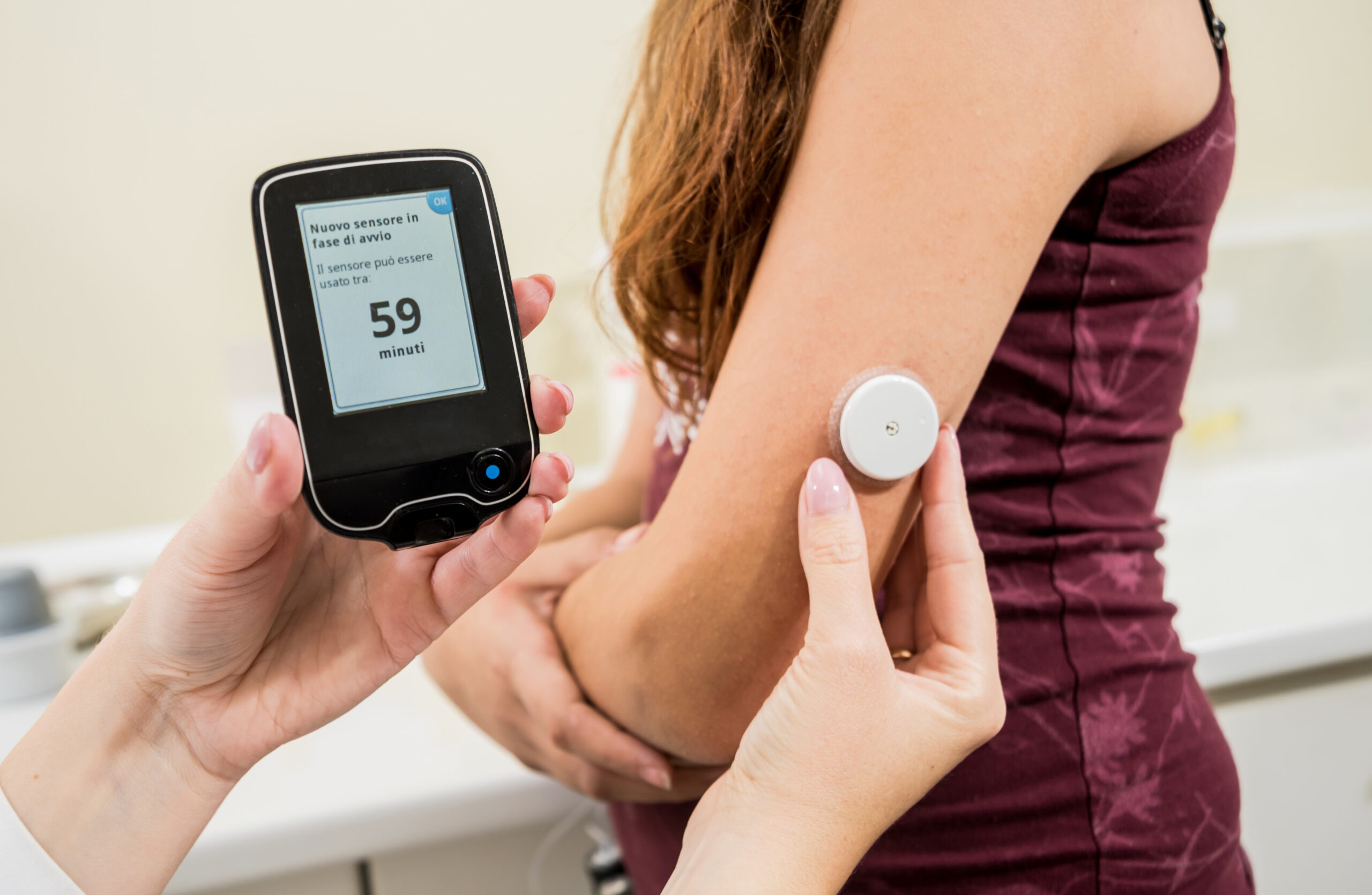 Even a one percentage point reduction in A1c can lower chances of hospitalizations and other costly complications such as heart, kidney and eye disease.
Even a one percentage point reduction in A1c can lower chances of hospitalizations and other costly complications such as heart, kidney and eye disease.
Some saw even bigger improvements: one individual’s A1c went from 14% to 6.5%, while another’s dropped from 11.5% to 5.4%—effectively reversing her diabetes.7 Priority Health estimates participants reduced their risk of diabetes complications by 42 percent.

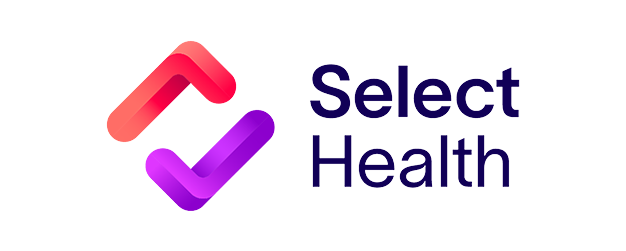

As the CGM initiatives show, access to the right tools makes a difference. As part of the Chronic Disease Pledge, Minnesota-based HealthPartners and Utah-based Select Health started offering blood pressure cuffs to patients, so they could monitor hypertension at home. A Kaiser Permanente study found that home blood pressure monitoring reduced visits to the doctor and lowered costs by 30 percent.8 Patients can even pair blood pressure cuffs to a smartphone app that sends readings directly to the care team.
HealthPartners’ initiative yielded significant results in the fourth quarter of 2024 alone, with 1,220 patients achieving controlled hypertension and reducing their risk of heart attack, stroke and kidney disease. Similarly, in the first six months of its program, Select Health, in partnership with Intermountain Health, saw hypertension control amongst members increase 17 percent, to 59 percent. Kaiser Permanente research found at-home hypertension monitoring results in better blood pressure control and may lower emergency department visits by 1/3 and decrease hospital visits by nearly 30 percent, ultimately improving health while generating savings for patients and health plans.9
“Some members must travel a great distance to receive care in person, even for a blood pressure check. This initiative saves time and money and ultimately saves lives.”
At-home blood pressure monitoring saves lives and money.
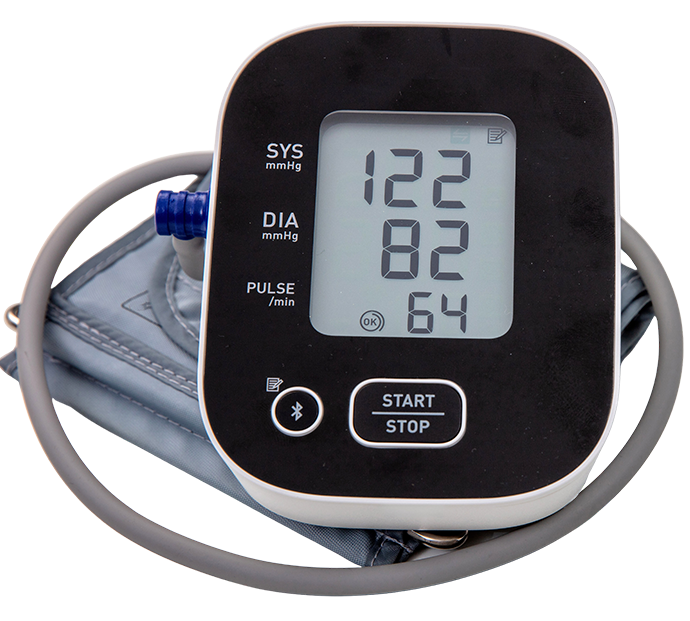
Improving America’s Health:
Commonsense Policy Recommendations
As federal policymakers such as the Make America Healthy Again Commission pursue true improvements in the nation’s health, ACHP and its members are tackling chronic disease head on. But transformative change will only occur with government policies that unleash private sector innovation.
Policy Recommendations:
Increase utilization of the National Diabetes Prevention Program.
The National Diabetes Prevention Program is a lifestyle change program that provides a trained coach, a CDC-approved curriculum and group support to reduce the risk of Type 2 diabetes. The program reduces the likelihood of developing diabetes by 60 percent or more and saves $4,552 per enrollee over 2 years.11
-
- Deploy the Public Health Service Commissioned Corps to increase program enrollment in underserved areas.
- Designate the program as a required preventive service.
- Allow Medicare coverage of virtual program participation.
Expand access to CGMs and blood pressure cuffs.
-
- Expand CGM coverage to all Medicare enrollees with diabetes. Currently, CGM is only covered for those taking insulin.
- Remove the requirement to re-verify CGM eligibility every six months.
- Designate self-measured blood pressure monitoring devices as durable medical equipment.
Focus on children’s health to prevent childhood obesity.
-
- Leverage 1115 Medicaid waiver authority to develop community partnerships that prioritize nutrition and activity.
- Develop CMS innovation models that reduce the prevalence of childhood obesity.
Conclusion
Our health care system is at an inflection point:
- Over 38 million Americans have diabetes.
- Diabetic complications such as kidney failure, blindness and heart disease are rising.
- One in two adults has hypertension.
- Childhood obesity has more than tripled over the past three decades.
This enormous health toll has financial consequences as well. $1 out of every $4 in health care costs goes towards diabetes care, and the nation spends up to $200 billion annually treating high blood pressure.2,10

ACHP’s nonprofit member companies continue to demonstrate their unique ability to slow the progression of three major chronic conditions. But community health plans cannot reverse nationwide trends alone.
By collaborating with the Administration, the MAHA Commission and other leaders in Washington, especially on innovative solutions such as wearable devices, we can implement interdisciplinary reforms that reach far beyond what clinical or policy solutions could do alone.
Together, we will set a new standard for America’s health and generate significant savings for individuals, employers and taxpayers.
ACHP Members
- https://www.healthaffairs.org/doi/full/10.1377/hlthaff.2024.01375
- https://diabetes.org/newsroom/press-releases/new-american-diabetes-association-report-finds-annual-costs-diabetes-be
- Quality Compass®. National Committee for Quality Assurance. Available at: https://qualitycompass.ncqa.org/. Accessed April 28, 2025. Quality Compass is a registered trademark of the National Committee for Quality Assurance (NCQA).
- https://doi.org/10.3111/13696998.2015.1006730
- https://doi.org/10.1007/s00125-019-4894-1
- https://doi.org/10.1089/dia.2023.0268
- https://diabetes.org/about-diabetes/a1c
- https://pubmed.ncbi.nlm.nih.gov/1518317/
- https://www.ajmc.com/view/cost-effectiveness-evaluation-of-a-home-blood-pressure-monitoring-program
- https://www.cdc.gov/nccdphp/priorities/high-blood-pressure.html
- https://diabetesjournals.org/care/article/doi/10.2337/dc24-1110/157485/Cost-Effectiveness-of-the-National-Diabetes





